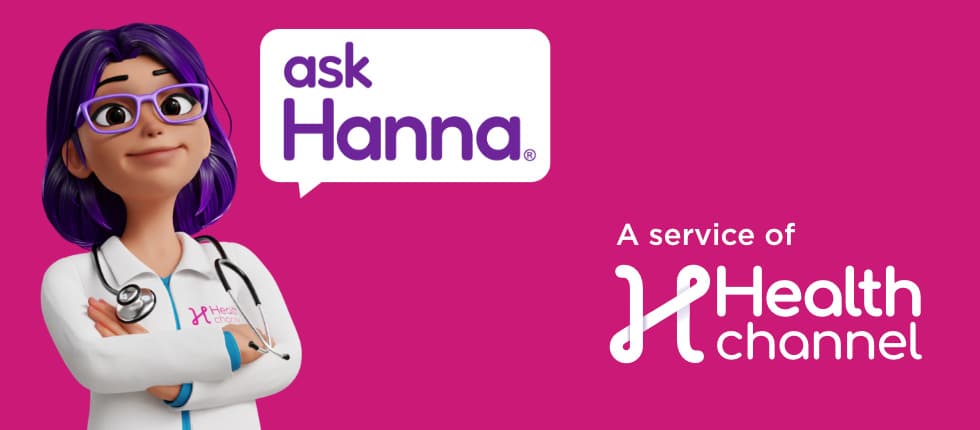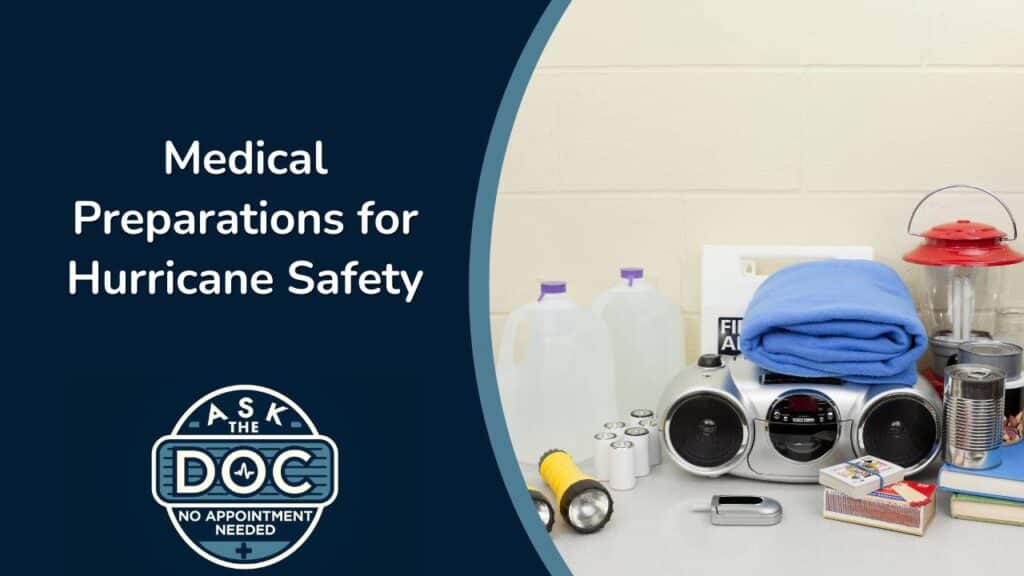
Primary Care Physician Answers: Ear Infections, Hemorrhoids, and Stress
Dr. Kamaljit Kaur, a primary care physician at KKaur MD, answers viewer questions about ear infections, hemorrhoids, and stress management...
Read MoreMixing Medication & Supplements
Madeline Camejo, VP & Chief Pharmacy Officer at Baptist Health South Florida, shares expert advice to help you navigate the fine line between medication and supplements safely. Discover key considerations, practical tips, and essential information to make informed decisions about your health. ...
Read MoreLowering Prescription Drug Costs
Madeline Camejo, VP & Chief Pharmacy Officer at Baptist Health South Florida, discusses the strategies and initiatives aimed at lowering out-of-pocket spending for seniors on prescription drugs. Whether you're a senior seeking ways to minimize prescription costs or a caregiver supporting a loved one, she offers practical advice and a comprehensive understanding of how these…...
Read MoreMedication Safety Tips
Madeline Camejo, VP & Chief Pharmacy Officer at Baptist Health South Florida, provides crucial safety tips to ensure the well-being of both yourself and your loved ones when handling medications...
Read MoreFull package
Madeline Camejo, Vice President and Chief Pharmacy Officer, Baptist Health South Florida, delves into the intricate world of Medicare Drug Coverage to help you navigate the complexities and make informed decisions about your healthcare...
Read MoreUnderstanding Kids’ Mental Health: Insights from Pediatrician
Dr. Scarlet Constant, a pediatrician at Constant Care Pediatrics, delves into the crucial topic of children's and teens' mental health. She answers viewer questions about various aspects of children's health, providing expert insights and practical advice for parents and caregivers. From understanding the signs of mental health issues to discussing effective strategies for support and…...
Read MoreUltimate Summer Safety Guide: Swimming, CPR, and Sun Protection
Nurse Katie, Clinical Manager at FONEMED, shares essential tips on summer safety, including swim safety, CPR, and sun protection. This valuable advice will help keep you and your loved ones safe during the summer...
Read MoreHow to Prepare Medically for Hurricane Emergencies
Dr. Madeline Camejo, MS, PharmD., Vice President and Chief Pharmacy Officer, and Dr. Angelica Berni, Director of Speciality Pharmacy at Baptist Health South Florida, share essential tips on how to prepare medically for hurricane emergencies. Learn how to stay safe during the hurricane season with expert advice. They cover crucial steps you can take to…...
Read More










